Spencer Turney
-

What leads to compulsive alcohol use? With new experiments into binge drinking, researchers are finally getting answers
New study from neuroscientists at Vanderbilt provides initial answers to long-standing scientific questions on what causes the transition from moderate to compulsive alcohol consumption – and what makes some drinkers particularly vulnerable to developing alcohol use disorders. Read MoreNov 22, 2019
-
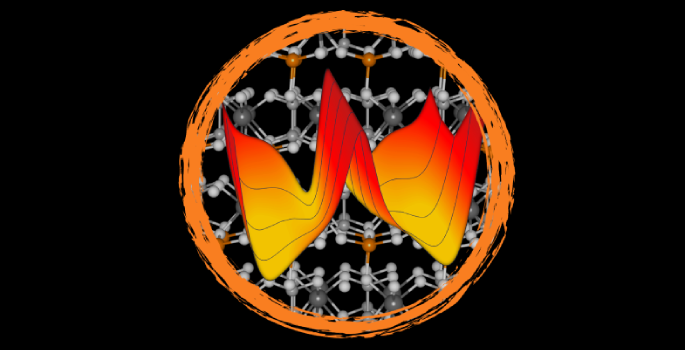
Discovery in ferroelectric material reveals unique property, promising application potential
A discovery from a team of physicists and other researchers is breaking new ground in the study of ferroelectricity, a characteristic of certain dielectric materials that are used in high-technology applications. Read MoreNov 18, 2019
-
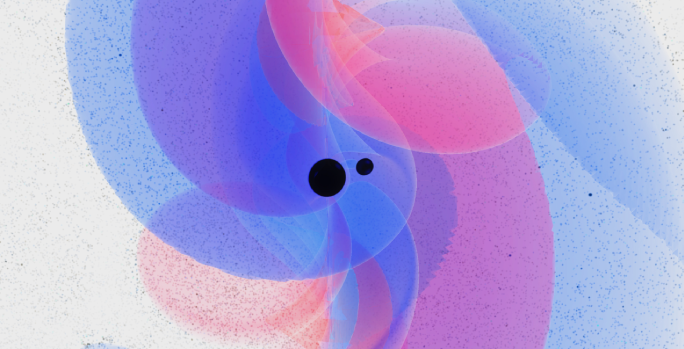
Here’s how a Vanderbilt astrophysicist plans to observe a black hole ‘symphony’ using gravitational wave astronomy
New research led by Vanderbilt astrophysicist Karan Jani presents a compelling roadmap for capturing intermediate-mass black hole activity. Read MoreNov 18, 2019
-

Vanderbilt astrophysicist and National Academies committee publish report on effective STEMM mentorship
A National Academies committee, featuring Vanderbilt astrophysicist Keivan Stassun, published a report and resource guide on effective mentorship in the fields of science, technology, engineering, mathematics, and medicine. Read MoreOct 31, 2019
-

National Academies committee including Vanderbilt astrophysicist publishes review of latest NASA Science Plan
An astrophysicist at Vanderbilt is part of the committee behind a review of NASA’s updated Science Plan, a five-year strategic roadmap for NASA’s Science Mission Directorate. Read MoreOct 18, 2019
-
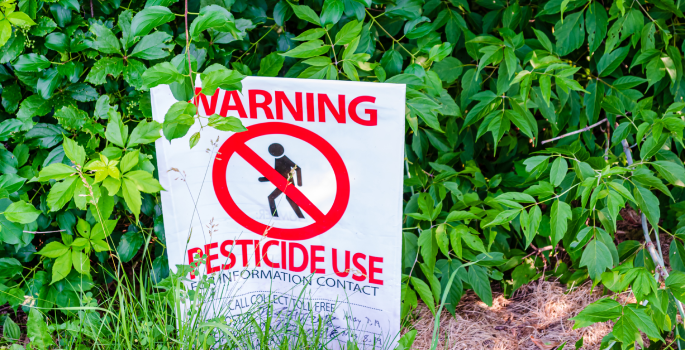
EPA-funded study aims to create novel platform for research into long-term neurotoxin exposure
A new Vanderbilt study funded by a grant from the Environmental Protection Agency seeks to construct a new platform and reliable approach for future studies into organophosphate compounds, such as pesticides, insecticides and similar nerve agents. Read MoreOct 16, 2019
-
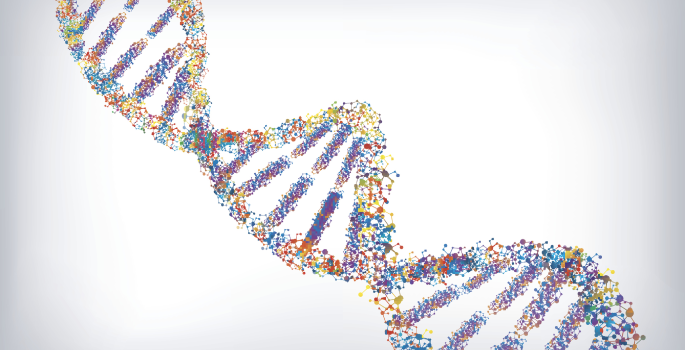
New method reveals how differences in the genetic “instruction booklet” between humans and Neanderthals influenced traits
When it comes to our differences from Neanderthals, most of what we know comes from comparing fossils. But fossils can only tell us about bones and not whole living organisms. That’s changing thanks to a new paper from a team of genomics researchers at Vanderbilt, who… Read MoreOct 7, 2019
-
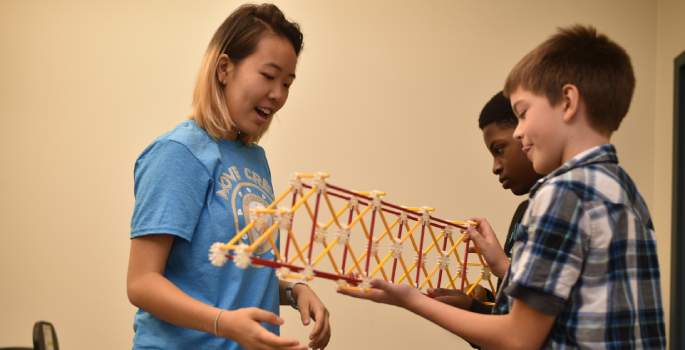
Civil engineers at Vanderbilt host Nashville STEM program, guide interactive experiences on campus
Vanderbilt’s chapter of the American Society of Civil Engineers recently hosted a group of local middle school students for a half-day of hands-on learning. Read MoreOct 2, 2019
-
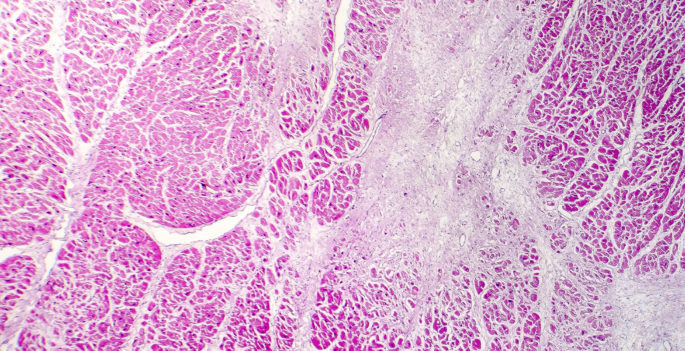
Antibody “road block” enables fine-tuning for cardiac recovery, decreases risk of heart failure
A new study published by Vanderbilt mechanobiology researchers details a possible solution for fine-tuning inflammation and cellular activity in cardiac recovery – thanks to an antibody initially developed for rheumatoid arthritis. Read MoreSep 19, 2019
-
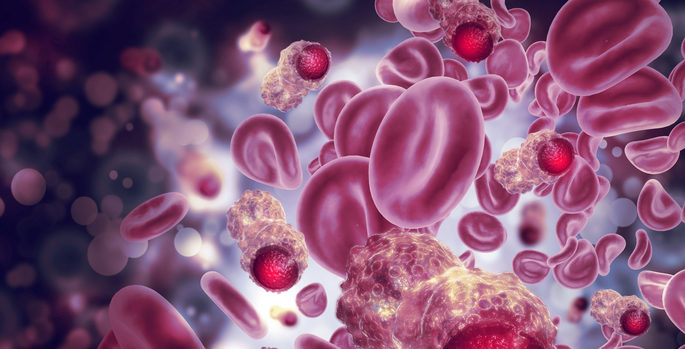
On-the-move cancer cells prefer a “comfort cruise,” follow predictable paths of least resistance
New research from a group of Vanderbilt biomedical engineers reveals that while cancer cells metastasize quickly, they generally choose pathways that use the least amount of energy. Read MoreSep 13, 2019
-

Nanoscale origami: Smallest-ever, atomically precise structures set stage for quantum breakthroughs
New technique for manipulating graphene opens the door to new breakthroughs in quantum technology. Read MoreSep 6, 2019
-
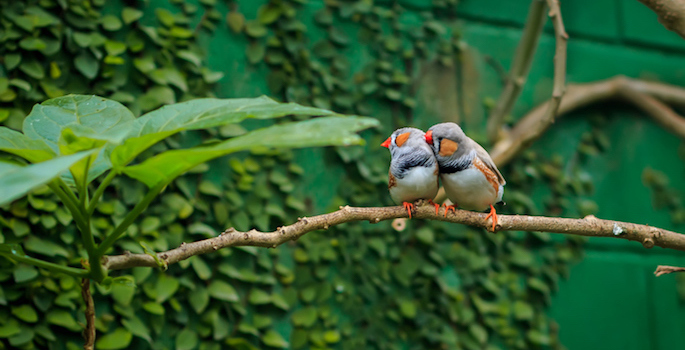
High standards of female songbirds could be driving their mates to evolve
Picky females force male songbirds to become better singers. Read MoreSep 4, 2019
-

Rare study of Earth-sized planet uses technique pioneered by Vanderbilt professor
A groundbreaking study, using data from NASA and a technique pioneered by a Vanderbilt professor, is giving humankind a glimpse at a distant exoplanet with a size similar to Earth and a surface which may resemble Mercury or Earth’s Moon. Located nearly 49 light-years from Earth, the planet known… Read MoreAug 19, 2019
-
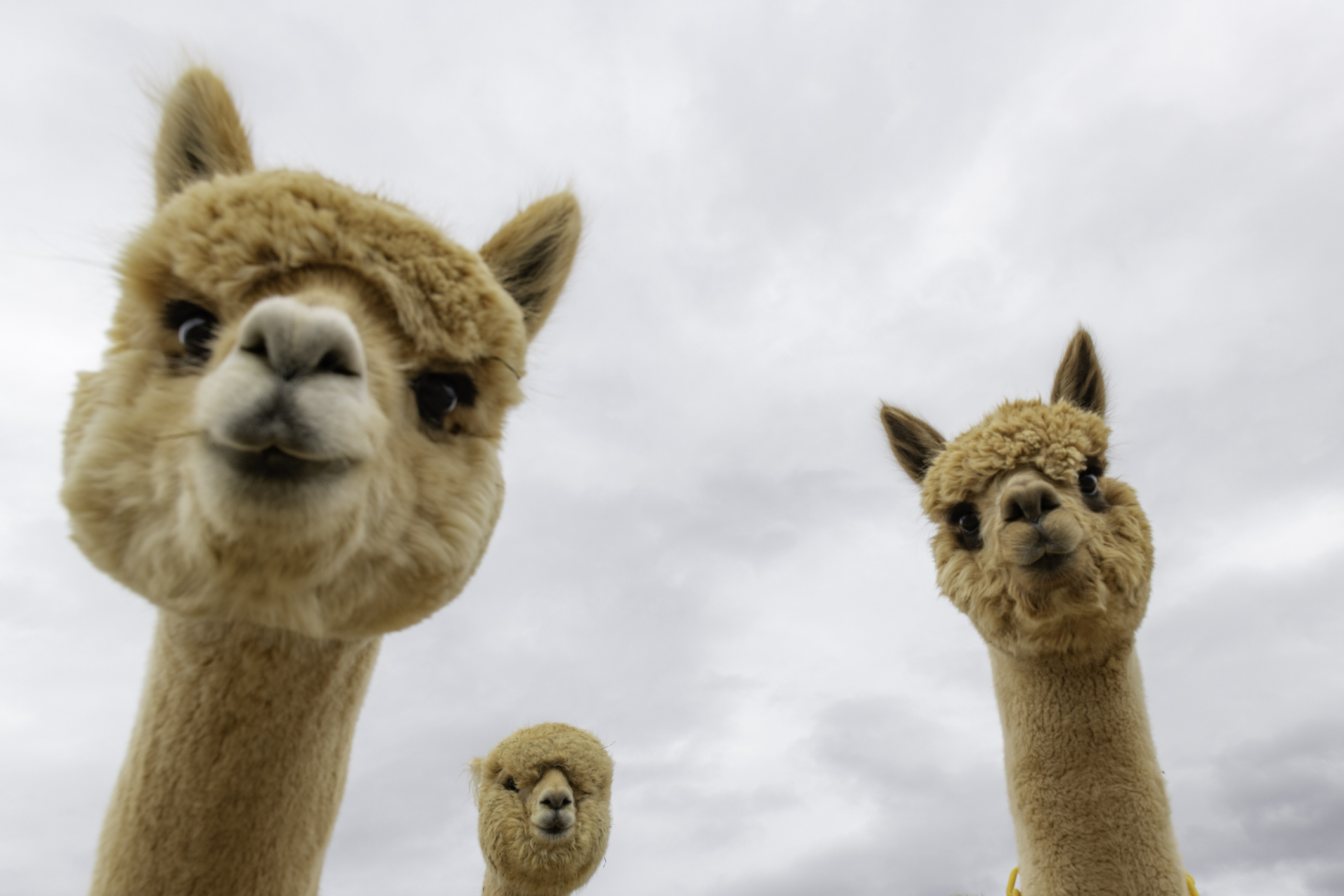
Meet the alpacas that are helping researchers who study autism, Alzheimer’s and cancer
Written by Heidi Hall Alpacas aren’t the typical animals that drivers spot as they wind their way through rural Tennessee, but there’s a happy herd of them outside Waverly, where they eat the finest pellets, walk up and down a scenic hill and potentially save lives. They’re owned by… Read MoreAug 13, 2019
-

Behavioral science models can help identify the greenest dietary changes
Spreading the gospel of veggie-only diets may not be the most effective way to help reduce overall, food-related greenhouse gas emissions, according to a new model based on behavioral science. In new commentary published Aug. 9 in Nature Sustainability, Jonathan Gilligan, associate professor of Earth and Environmental Sciences, examines… Read MoreAug 9, 2019
-
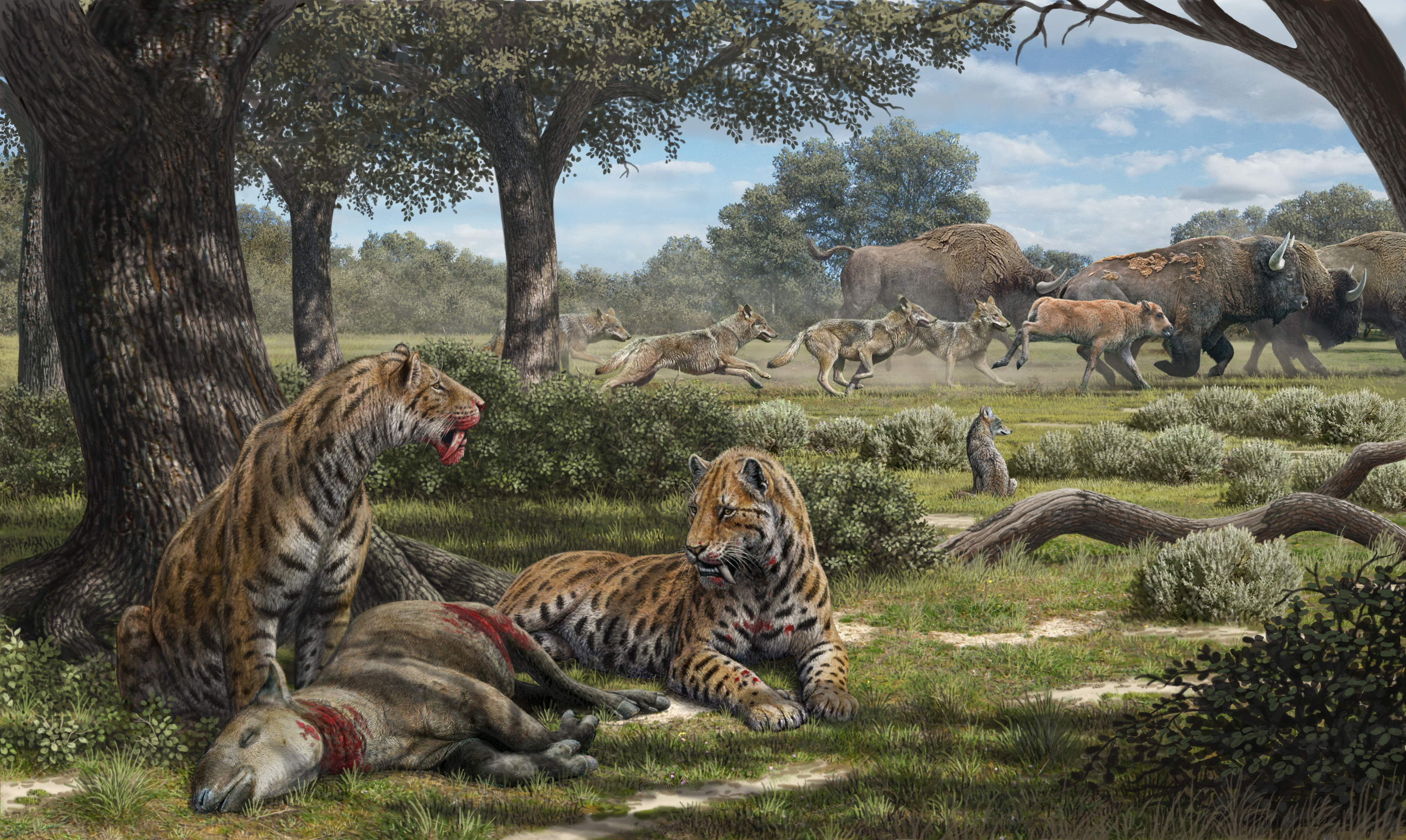
Intense look at La Brea Tar Pits explains why we have coyotes, not saber-toothed cats
The most detailed study to date of ancient predators trapped in the La Brea Tar Pits is helping Americans understand why today we’re dealing with coyotes dumping over garbage cans and not saber-toothed cats ripping our arms off. Read MoreAug 5, 2019
-
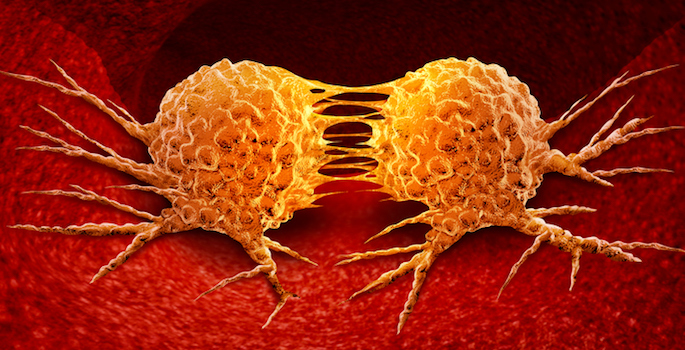
Cellular soldiers designed to kill cancer cells that get loose during surgery, stop metastasis
Cellular soldiers created using the body’s own defenses can track down and kill escaping cancer cells during surgeries, preventing metastasis and saving lives, a Vanderbilt University biomedical engineer has discovered, particularly in cases of triple negative breast cancer. Read MoreJul 24, 2019